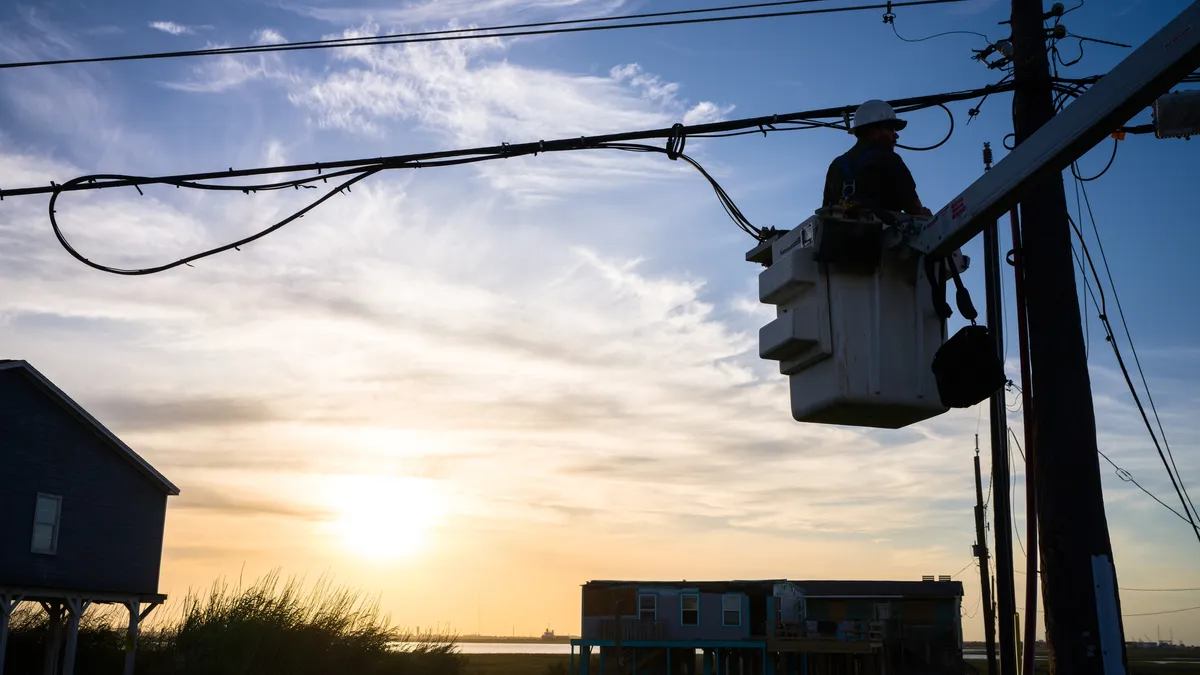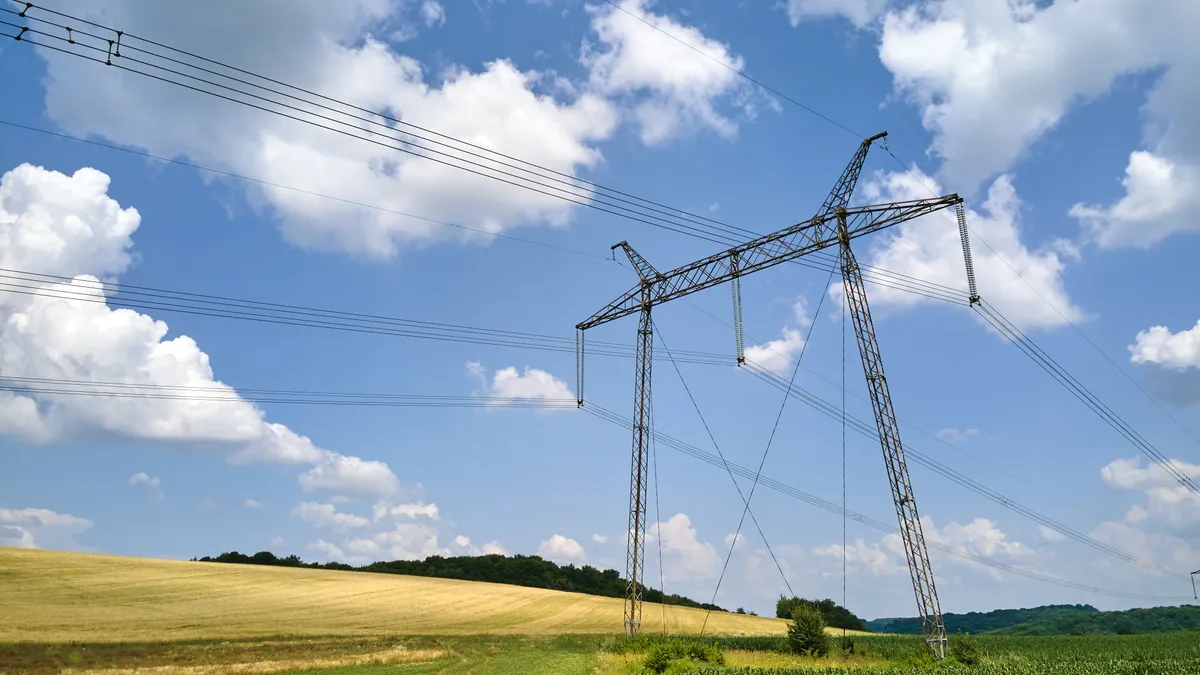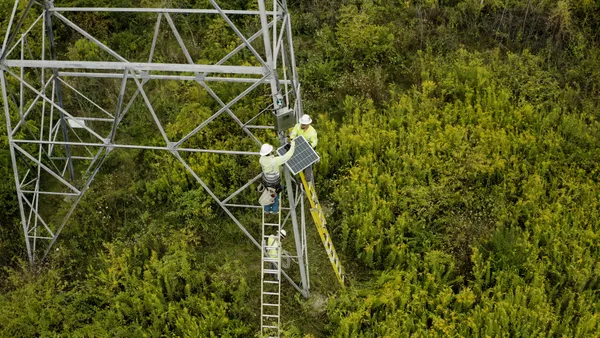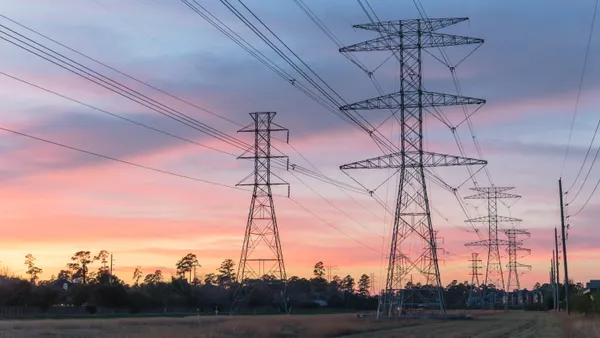Dive Brief:
- Hurricane Beryl hit the Texas coastline Monday morning as a Category 1 storm, killing several people, knocking out power to 2.7 million customers around Houston and spawning tornadoes that caused more outages in Louisiana and Arkansas.
- CenterPoint Energy was hardest hit, with more than 2.26 million electric customers losing power at the storm’s peak. The utility, which serves about 2.8 million customers, said it expects to restore service to 1 million customers by the end of Wednesday.
- Entergy Texas reported approximately 247,000 customers without power on Monday evening. Southwestern Electric Power Co. reported about 23,000 customers without power in parts of Arkansas, Louisiana and Texas.
Dive Insight:
CenterPoint is making progress on power restoration, but its estimates mean about 1 million customers could remain without power after Wednesday as temperatures in the Houston area are expected to reach the mid-90s.
“We understand how difficult it is to be without power for any amount of time, especially in the heat,” Lynnae Wilson, senior vice president of CenterPoint’s electric business, said in a statement. “We are mobilizing all of our available resources, as well as mutual assistance resources from other utility companies, to begin the process of quickly and safely restoring power to our customers.”
Along with launching a damage assessment, CenterPoint said its crews have begun a “cut-and-clear process, which allows crews to identify and isolate areas of damage to more quickly restore customers along sections that are not impacted.” The utility also said it is considering rolling out mobile generators to provide power to certain critical facilities, such as cooling centers, healthcare facilities, first responder locations, senior centers, and educational centers.
The utility also provides gas service, but said there was no significant impact to the company’s gas system in south Texas, along the Texas Coast and across the Greater Houston area.
CenterPoint filed a system resiliency plan with Texas regulators in April, laying out a plan to spend more than $1.4 billion on system hardening efforts from 2025-2027, including tower and pole upgrades, coastal resiliency and voltage conversion projects. Over the past five years, it has spent nearly $1.5 billion in capital expenditures on resilience-related projects, according to the application.
The Texas House State Affairs Committee had been scheduled to discuss the plan yesterday, but that hearing was canceled as Beryl approached, energy analyst and Stoic Energy President Doug Lewin noted on X.
According to the plan, CenterPoint experienced only one extreme weather event from 2019-2023 that impacted more than 1 million customers. “Since then, there have been two, including today,” Lewin said.
Entergy said its damage assessments are still ongoing but “initial reports show lightning, high winds and downed vegetation caused significant damage to Entergy Texas transmission equipment.” A total of 34 substations lost power, the utility said in a 6:30 p.m. update, marking “a significant increase from the 17 substations without power around noon.”
“The company anticipates that it will take several days to fully restore power,” Entergy said.
Southwestern Power, at about 5 p.m., said its electric system was impacted by “multiple confirmed tornadoes across the ArkLaTex area” and that “additional outages could occur until SWEPCO’s transmission system is stabilized.”
“Customers should prepare to be without service for an extended period,” the utility said.
Elida Castillo, program director of environmental justice group Chispa Texas, said continued investment in the fossil fuel industry is contributing to an increase in climate-related disasters such as hurricanes, tornadoes, and extreme heat waves.
More than 42 GW of gas capacity have been proposed for Texas, reflecting increased electricity demand associated with growth in population and industry, including data centers and electrification.
“There is a connection between the two that we cannot ignore. Especially when communities, primarily frontline communities of color, are often the first impacted yet the last to receive much-needed resources,” Castillo said in a statement.













